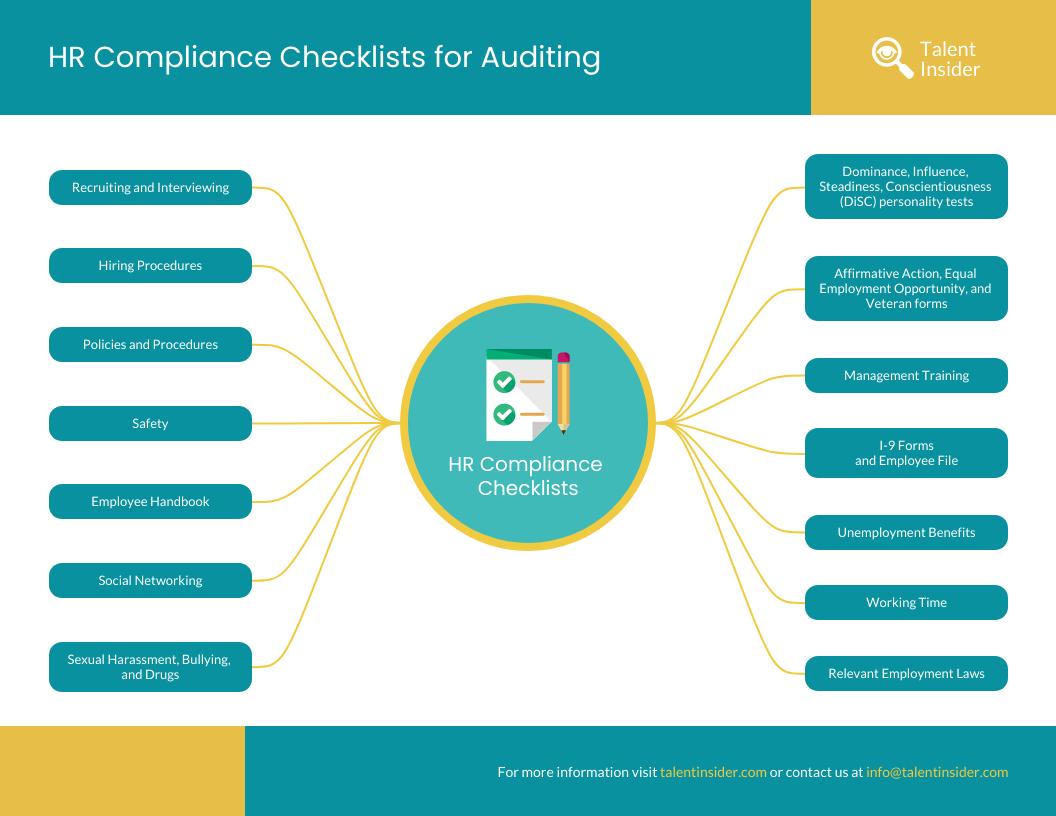The Day I Realized Our HR Compliance Was a House of Cards: An ERP HR Auditing Revelation
I remember it like it was yesterday. The air conditioning in the office had decided to take a vacation, leaving us all slightly sticky, and my inbox was overflowing with emails. But it wasn’t the heat or the emails that had sweat beading on my brow; it was the letter. A rather official-looking letter, with a government seal, requesting an HR compliance audit. My stomach did a flip, a nervous, dizzying somersault that threatened to bring up my morning coffee.
You see, for years, I’d been operating under the assumption that our small-to-medium-sized company was doing "just fine" with HR. We had our policies, our payroll ran on time, and our employees seemed generally happy. But that letter… that letter was a rude awakening. It was the moment I realized our entire HR compliance framework was less of a solid structure and more of a house of cards, built on manual processes, scattered spreadsheets, and a whole lot of crossed fingers.
This isn’t just my story; it’s a common one. Many HR professionals, especially those new to the field or working in growing companies, face this daunting challenge. The sheer volume of HR regulations is enough to make anyone’s head spin. And that’s where the magic, or rather, the strategic necessity of ERP HR Compliance Auditing comes into play. Let me tell you how it transformed my world.
Back to Basics: What Even Is HR Compliance Auditing? (And Why It Kept Me Up at Night)
Before we dive into the ERP part, let’s demystify what an HR compliance audit actually is. Simply put, it’s a systematic review of your organization’s human resources policies, procedures, and practices to ensure they align with all applicable federal, state, and local laws and regulations. Think of it as a thorough health check-up for your HR department.
Why did it keep me up at night? Because the stakes are incredibly high. Non-compliance isn’t just a slap on the wrist; it can lead to:
- Hefty Fines and Penalties: Government agencies don’t mess around. Violations of wage and hour laws, discrimination statutes, or data privacy rules can result in significant financial penalties.
- Legal Battles: Lawsuits from disgruntled employees or regulatory bodies can be incredibly costly, both in legal fees and potential settlements.
- Reputational Damage: News of non-compliance spreads fast, hurting your employer brand and making it harder to attract top talent.
- Operational Disruptions: Remedying issues takes time, resources, and diverts focus from core business activities.
Before our ERP HR system was fully utilized for compliance, my team and I were scrambling. We had paper files in dusty cabinets, employee data in a myriad of spreadsheets, and different systems for payroll, benefits, and time tracking. Trying to pull together coherent, verifiable data for an audit felt like searching for a needle in a haystack – while the haystack was on fire.
Enter the Hero: How ERP Systems Revolutionized Our HR Compliance Audits
My "aha!" moment wasn’t just about realizing we had a problem; it was about realizing we already had a powerful tool at our disposal that we weren’t fully leveraging: our Enterprise Resource Planning (ERP) system. We had implemented it a few years prior, primarily for finance and operations, but its HR module was, frankly, underutilized.
An ERP HR system integrates all aspects of human resources management into a single, unified platform. This means everything from recruitment and onboarding to payroll, benefits, performance management, and offboarding lives in one place. And this single source of truth is precisely what makes ERP HR Compliance Auditing a game-changer.
Here’s how our ERP system became our compliance superhero:
- Centralized Data Repository: Instead of searching through disparate systems and physical files, all employee data – personal details, employment history, compensation, benefits elections, training records, disciplinary actions – was in one secure location. This made data retrieval for audits incredibly efficient.
- Automated Record-Keeping: The system automatically logged actions and changes. When an employee updated their address, or when a manager approved a time-off request, the ERP recorded it, complete with timestamps and user IDs. This created an invaluable audit trail.
- Built-in Compliance Features: Many modern ERP HR modules come with features designed to aid compliance. This includes:
- Regulatory Updates: Some systems offer integrations that track changes in labor laws and help flag areas needing attention.
- Reporting Tools: Generating reports for EEO-1, VETS-4212, ACA, or other required filings became a matter of a few clicks, not days of manual collation.
- Access Controls: Granular permissions ensure only authorized personnel can view or modify sensitive data, bolstering data privacy and security.
- Process Enforcement: The ERP system helped us standardize HR processes. For instance, it ensured that every new hire completed all required forms before their first day, or that performance reviews were conducted consistently across departments. This consistency is vital for demonstrating fair employment practices.

